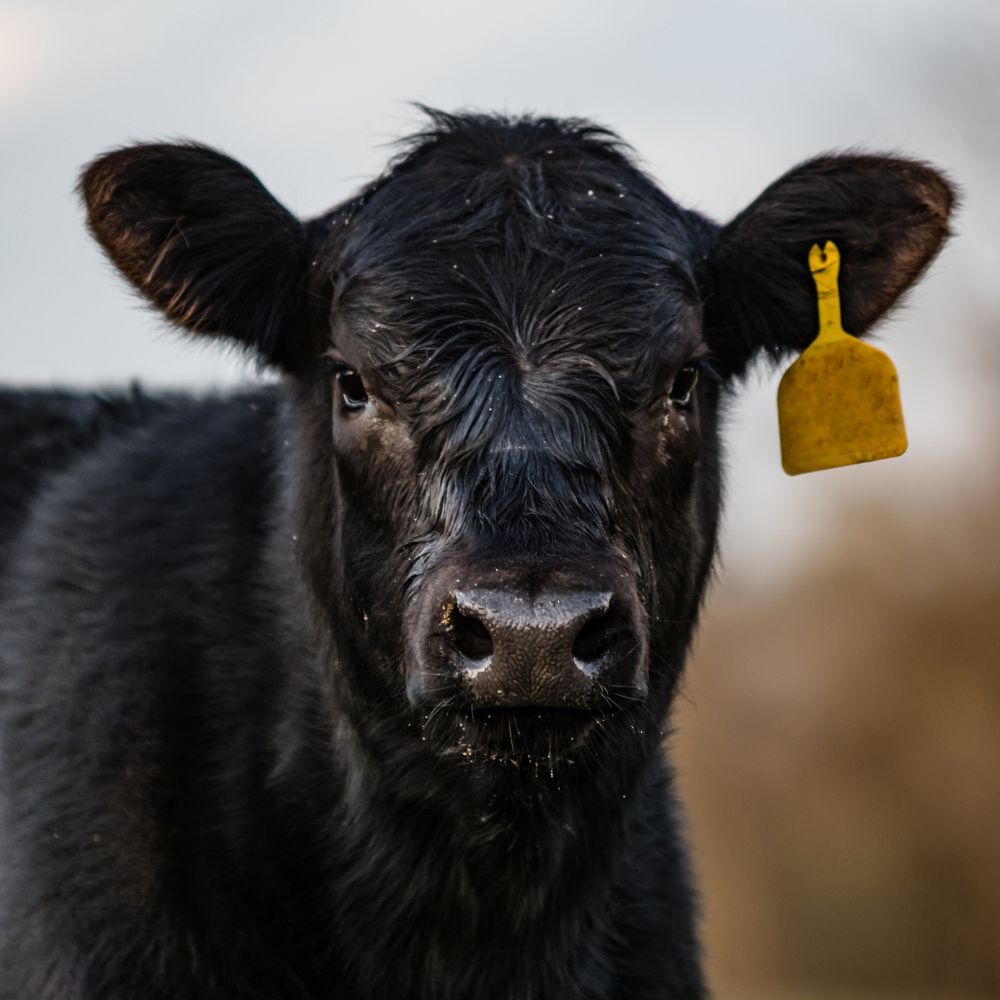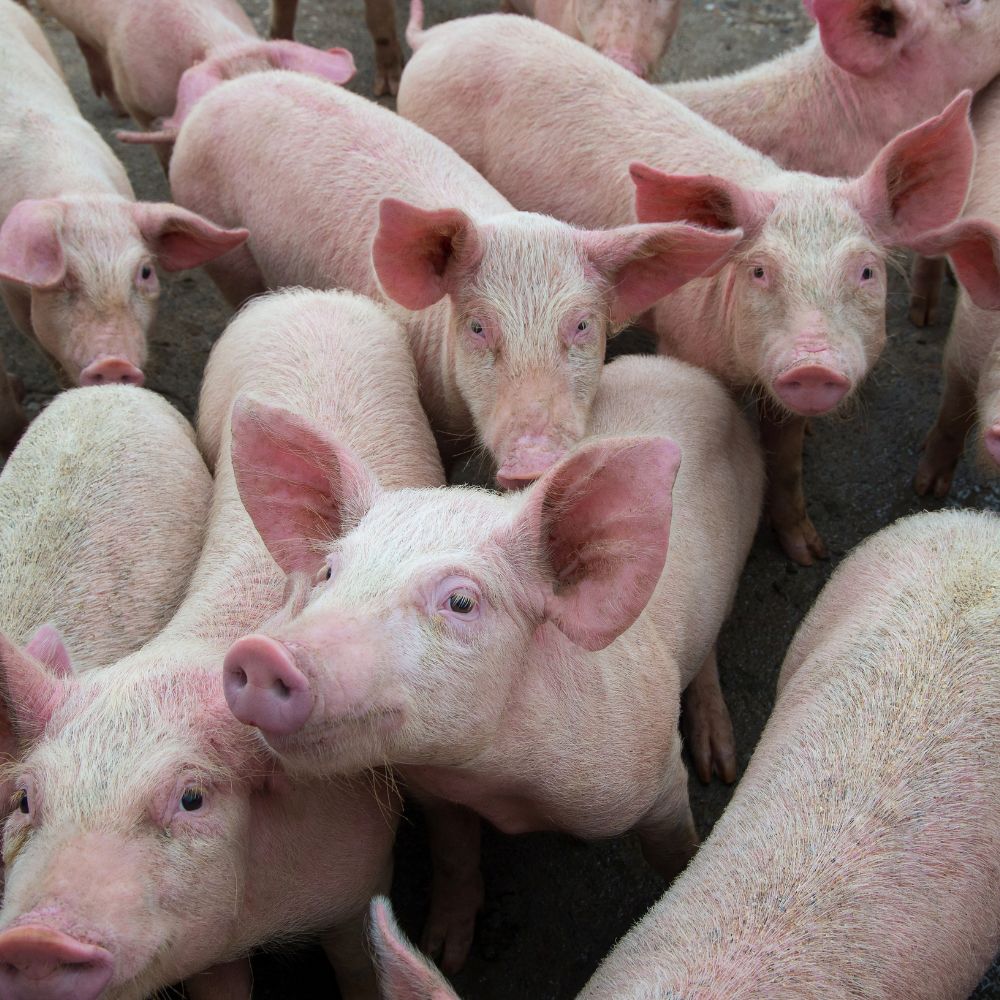The Main Principles Of Bagley Risk Management
The Main Principles Of Bagley Risk Management
Blog Article
The 45-Second Trick For Bagley Risk Management
Table of ContentsThe Basic Principles Of Bagley Risk Management Bagley Risk Management Fundamentals ExplainedNot known Facts About Bagley Risk ManagementThe Buzz on Bagley Risk ManagementBagley Risk Management for Dummies
In this manner, if costs do go down below that break-even point by the end date, policyholders are protected against a loss. This is really similar to the way barnyards run, though they make use of a traditional hedge. Once a breeder contracts their livestock with a feedlot, they hedge those cattle to secure in the earnings factor.This will certainly be balanced out by the enhanced value of the cattle., breeders protect versus a decrease in the futures board, however do not lose out on the greater return when rates go up.
They do this by selecting a lower percent of the predicted ending worth - Rma LRP. This is a wonderful technique for those searching for lower costs rates or that have a greater threat tolerance because of solid fiscal health. This strategy may not safeguard productivity, yet it can secure versus major market drops
There is not a great deal of security or insurance coverage on a month-to-month basis, but if there is a serious crash, manufacturers have the satisfaction that originates from knowing they will only be accountable for a certain quantity expense. Just remember, expect the most effective however get ready for the worst.
The Basic Principles Of Bagley Risk Management

Feeder cattle can be covered up to a 900-pound expected end weight and fed livestock can be covered up to a 1,400-pound end weight. With a number of weight courses to pick from, it is feasible to cover animals through the feedlot to the packer rail.
Applications can take numerous days to procedure and merely loading one out does not lock the applicant into a policy. As soon as the application is authorized and prepared, the LRP recommendation, with its end date and predicted ending value, can be secured in quickly. This allows herdsmans to cover calf bones when the rate is right for their market risk monitoring goals.
Photo Politeness USDA-NRCS Prices for calf bones, feeder livestock and completed livestock have actually set some new records this fall and early winter months. A mix of situations has precipitated these historic prices. There is presently a great deal of careful positive outlook on the part of cow-calf producers as they look at the future.
5 Easy Facts About Bagley Risk Management Shown

There are some benefits to manufacturers in using LRP insurance coverage as contrasted to a typical feeder cattle agreement or purchase of an option - Rma LRP. One is the versatility in the number of cattle that can be guaranteed. There is no reduced limit to the variety of cattle that can be guaranteed
There is no commitment to market cattle on which you have acquired LRP Feeder Livestock protection. You may choose to retain ownership and still be qualified for the indemnity ought to the Actual End Value fall listed below your Insurance coverage Cost. You may market cattle covered by LRP any time, provided the transfer of possession does not happen more than 60 days prior to the LRP Contract End Date.
If cattle perish and your Ag, Threat Consultant is alerted within 72 hours of you discovering of the fatality, the insurance coverage continues to be effectively, and the producer is eligible for indemnities due to rate loss, even on those pets which died. Yes! Calves can currently be covered before unguis hit the ground.
About Bagley Risk Management

Step 1) Total an application. Applications make sure newbie customers can be pre-approved to write an LRP plan It is totally free! Action 2) Secure an Unique Insurance Coverage Endorsement (SCE) when you find a quote that satisfies your goals. There are several levels of quotes that are released everyday making this a check out this site very functional item that will certainly fit any kind of producer.
We are below for you. With each other, we're far better. With each other, we'll safeguard your investment.
With the relentless change and changability of the marketplace, Animals Threat Protection (LRP) is something all cattle manufacturers should take into consideration. The main objective of LRP is to secure against the unforeseen down cost activity in the market by setting a base upon any type of given day and kind of livestock you desire to guarantee.
Some Ideas on Bagley Risk Management You Need To Know
There are a selection of protection level alternatives varying from 70 to 100 percent of the anticipated ending worth (https://www.openlearning.com/u/andrewbagley-s8dqyp/). At the end of the chosen insurance coverage duration, if the real ending value is listed below the insurance coverage cost, you will certainly be paid an indemnity for the difference in cost. Producer expects to market 1,000 head of 11cwt cattle and chooses protection of $66
Since 2020, LRP (Livestock) is now readily available in all states when the market is readily available. 1. Feeder Livestock with finishing weights under 600lbs or 600lbs-900lbs, and 2. Fed Cattle with ending weights in between 1,000lbs-1,400 lbs that will be marketed for massacre near completion of the insurance coverage duration. whereas livestock insurance coverage does.
Report this page